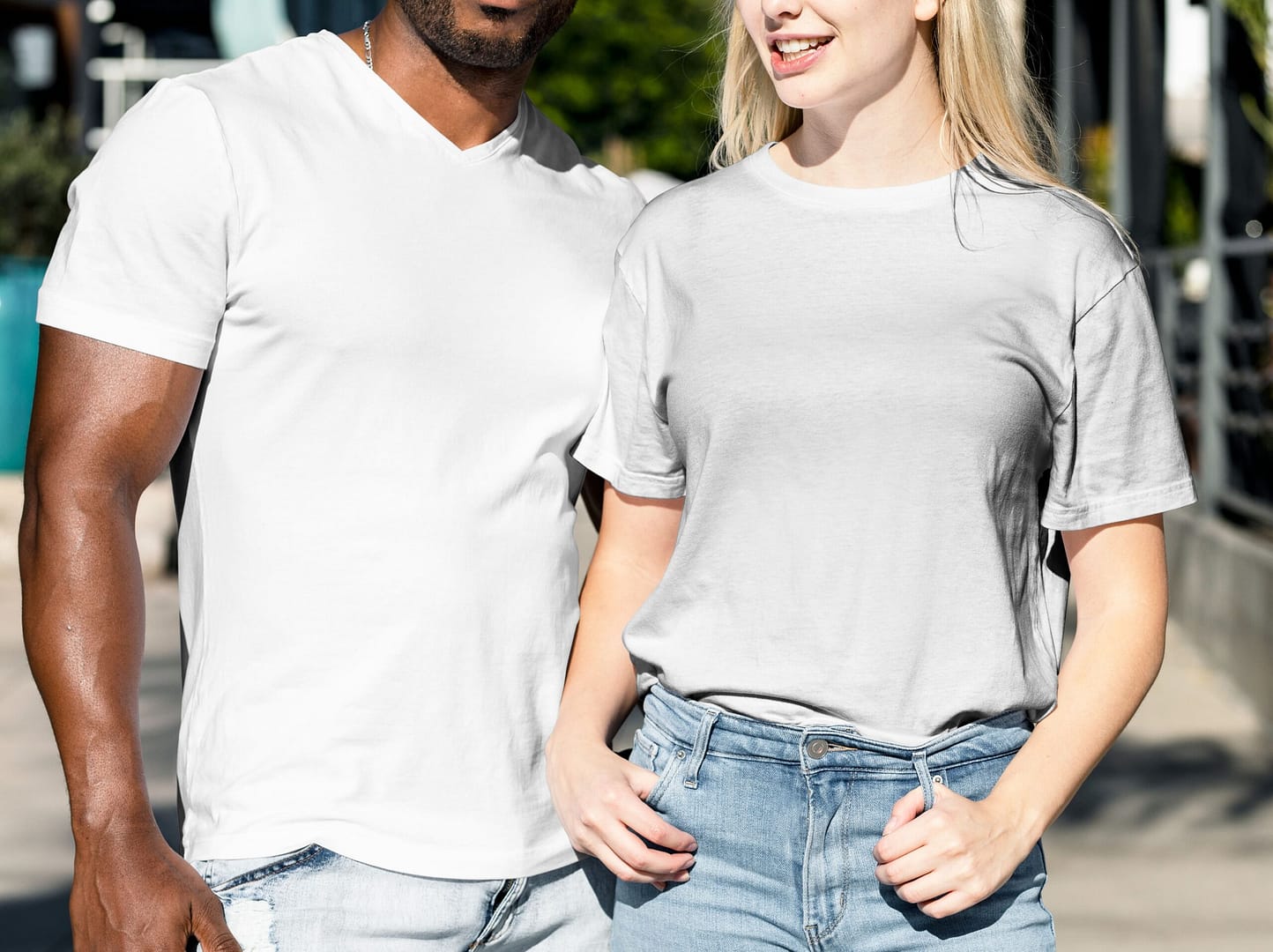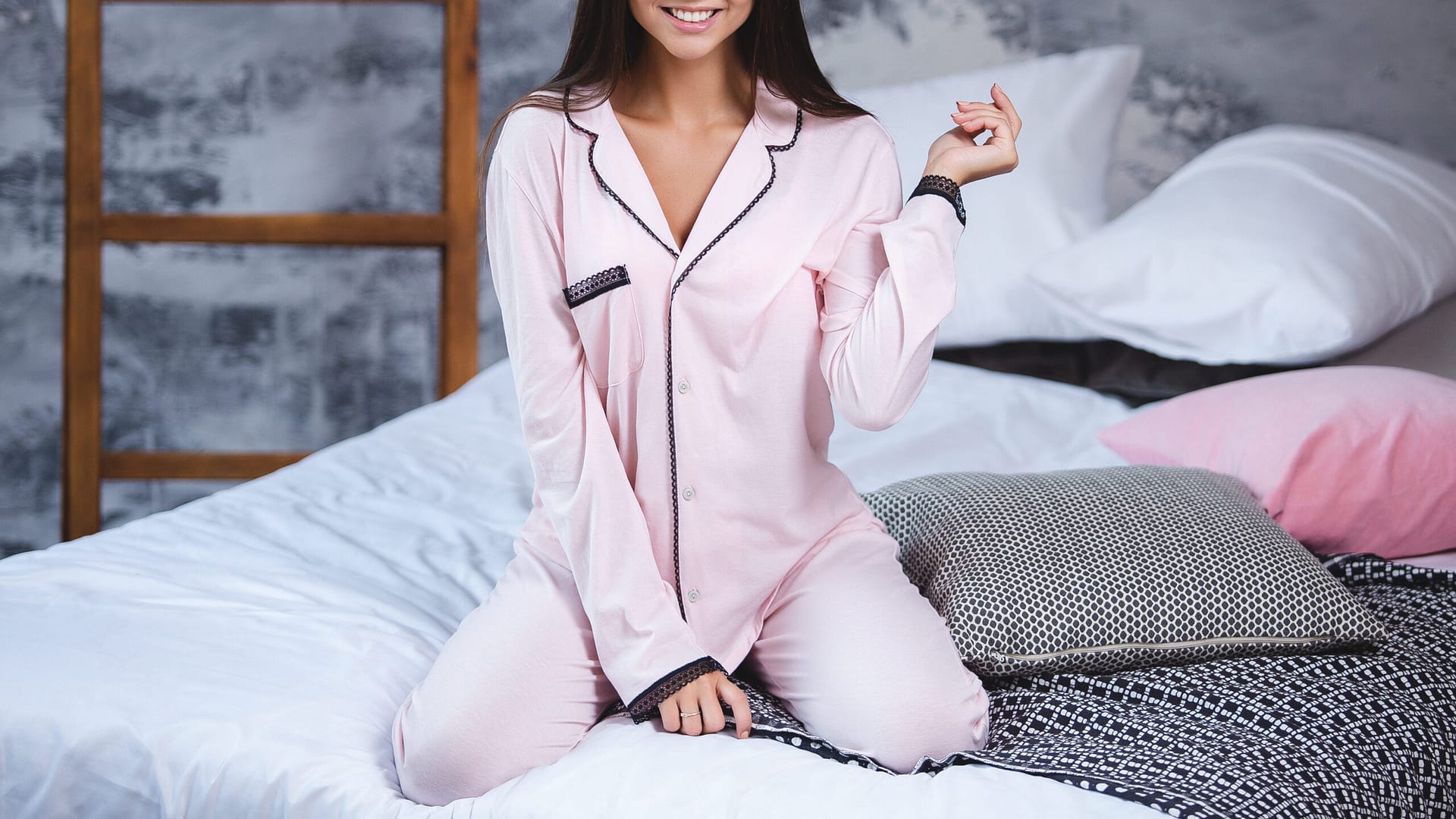Elastane, known under various brand names like Spandex and Lycra, has revolutionized the textile industry with its exceptional elasticity. This synthetic fiber, renowned for its ability to stretch up to five times its original length and return to its initial shape, has become a staple in the fabrication of a wide range of apparel. From sportswear that demands flexibility to everyday garments seeking comfort, elastane’s versatility has made it an indispensable material in modern clothing manufacturing.
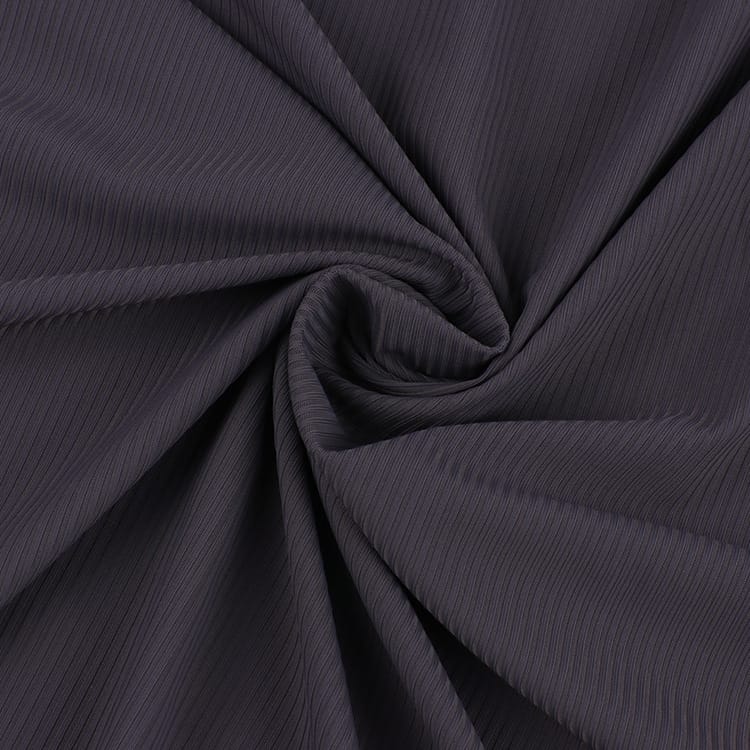
The aim of this article is to unfold the myriad aspects of elastane fabric. We will delve into its history, properties, production process, and the pivotal role it plays in the apparel industry. Whether you’re a seasoned apparel manufacturer, an aspiring designer, or simply curious about the materials that make up your wardrobe, this comprehensive guide will equip you with everything you need to know about elastane fabric. By understanding the ins and outs of this dynamic material, you’ll be better positioned to make informed decisions for your apparel projects or simply appreciate the innovation behind your favorite stretchable garments.
History and Origin of Elastane
The story of elastane begins in the late 1950s, marking a pivotal moment in textile innovation. Developed by a team of scientists at DuPont, a leading American chemical company, elastane was introduced to the market under the brand name Lycra in 1959. This groundbreaking invention was born out of the desire to create a fabric that could offer unprecedented elasticity and strength, responding to the growing demand for more versatile and comfortable materials in the fashion industry.
The development of elastane represented a significant advancement in synthetic fibers, distinguishing itself from natural rubber due to its superior durability and elasticity. Unlike rubber, elastane could withstand high temperatures, various chemicals, and the stress of constant stretching, making it an ideal component in a wide array of garments.
In the years following its introduction, elastane quickly gained popularity, revolutionizing the production of activewear, swimwear, and hosiery. Its ability to maintain shape and enhance fit without sacrificing comfort made it a favorite among manufacturers and consumers alike. As technology advanced, the applications of elastane expanded, further cementing its status as a versatile and indispensable material in the textile industry.
The innovation of elastane not only transformed the apparel landscape but also sparked a wave of research and development in synthetic fibers, leading to the creation of new materials designed to meet the evolving needs of consumers. Today, elastane is celebrated not only for its functional benefits but also for its role in fostering creativity and innovation in fashion design, allowing for the creation of garments that blend aesthetics with functionality.
Properties of Elastane Fabric
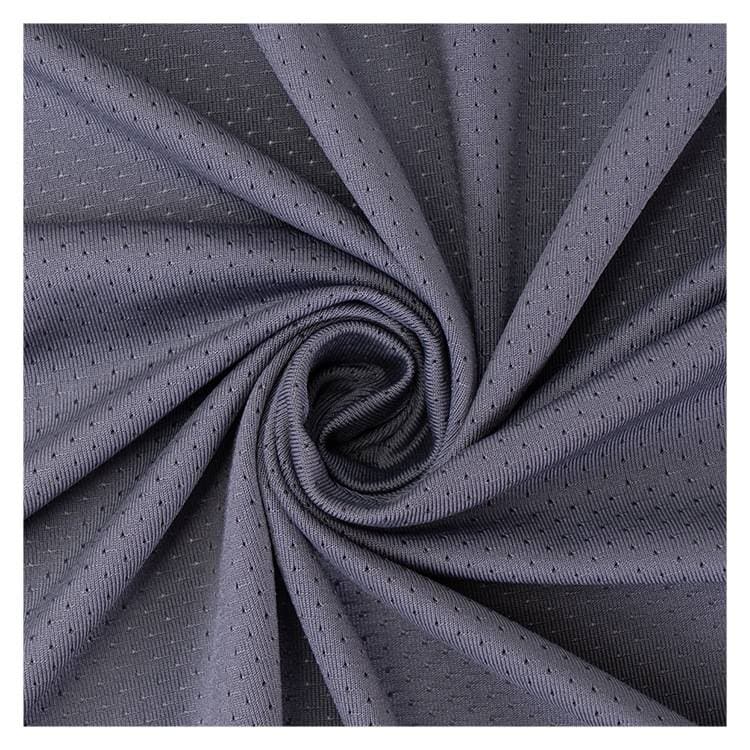
Elastane fabric is distinguished by a set of remarkable properties that make it an essential component in various types of apparel. Its unique characteristics not only offer enhanced comfort and fit but also contribute to the longevity and performance of garments. Understanding these properties can help manufacturers and designers better utilize elastane in their creations. Here are the key properties that set elastane apart:
- Exceptional Elasticity: The most notable property of elastane is its extraordinary stretchability. Elastane fibers can stretch up to five times their original length, providing garments with unmatched flexibility and freedom of movement. This elasticity is crucial for activewear, swimwear, and any apparel requiring a snug, yet comfortable fit.
- High Tensile Strength: Despite its ability to stretch, elastane possesses a high tensile strength, meaning it can withstand significant stress without breaking. This durability ensures that garments retain their shape and support even after extended use or repeated stretching.
- Recovery and Shape Retention: Unlike some materials that stretch out over time, elastane has excellent recovery properties. It can return to its original shape after being stretched, preventing garments from sagging or becoming out of shape. This quality is particularly valued in form-fitting clothes that need to maintain their fit over time.
- Moisture-Wicking: Many types of elastane blends are designed to wick moisture away from the body, making them ideal for sportswear and other active applications. This property helps keep the wearer dry and comfortable during physical activities.
- Resistance to Deterioration: Elastane is resistant to body oils, lotions, and detergents, making it more durable and less prone to wear and tear compared to natural fibers. It also shows a significant resistance to high temperatures, which is critical for maintaining the integrity of the fabric during washing and drying processes.
- Lightweight and Soft: Fabrics containing elastane are often lightweight and soft to the touch, enhancing the overall comfort of the garment. This softness does not compromise the fabric’s strength, making it an excellent choice for both everyday and performance wear.
- Blend Compatibility: Elastane can be blended with a wide range of other fibers, including cotton, polyester, and nylon, to enhance the properties of the resultant fabric. These blends can achieve an ideal balance between stretch, breathability, durability, and aesthetic appeal.
These properties make elastane an incredibly versatile material in the textile industry, capable of meeting various performance and comfort requirements. By leveraging the unique characteristics of elastane, apparel manufacturers can produce garments that are not only stylish and comfortable but also durable and functional.
The Production Process of Elastane
The production of elastane is a complex chemical process that involves several stages. Here’s a step-by-step breakdown of how elastane is made:
- Polymerization: The process begins with the polymerization, where monomers (small molecules) are chemically reacted to form a polymer (a long, repeating chain of molecules). For elastane, the primary monomers used are polyurethane and a diisocyanate, which combine to create a pre-polymer. This reaction is carefully controlled to achieve the desired molecular weight and structure of the polymer, which significantly influences the properties of the resulting elastane.
- Spinning Solution Preparation: The polymer is then converted into a spinning solution, often referred to as spinning dope. This involves dissolving the pre-polymer in a solvent to make it processable. The concentration and viscosity of the spinning solution are critical factors that need to be precisely managed to ensure the fiber’s quality.
- Wet Spinning: The spinning solution is extruded through a spinneret (a device similar to a showerhead with numerous tiny holes) into a coagulation bath. This process, known as wet spinning, solidifies the fibers as the solvent is removed. The fibers formed are still quite delicate and require careful handling.
- Drawing and Stretching: After spinning, the fibers are drawn and stretched. This step is vital for aligning the molecular chains within the fiber, which enhances its strength and elasticity. The extent to which the fiber is stretched can significantly affect its final properties, such as tensile strength and elongation capacity.
- Heat Setting: Once the fibers have been stretched to the desired length, they undergo a heat setting process. This step stabilizes the fibers, ensuring they retain their shape and properties under use. Heat setting is crucial for developing the fiber’s elasticity and recovery characteristics.
- Finishing: The final stage involves applying various finishes to the elastane fibers to enhance their properties or to add additional features such as moisture-wicking, anti-microbial, or UV-protective capabilities. The type of finish applied depends on the intended use of the elastane fabric.
- Winding and Packaging: The produced elastane fibers are then wound onto spools or bobbins and packaged for shipping to fabric manufacturers or directly to apparel manufacturers. Quality control checks are performed throughout the production process to ensure the fiber meets the specified standards.
Uses and Applications of Elastane
Elastane’s unique blend of properties, including its exceptional elasticity, durability, and ability to retain shape, has made it a favorite among apparel manufacturers across the globe. This versatile fabric finds applications in a wide array of garments, catering to diverse needs from the realms of fashion, sportswear, to specialized medical wear. Below are some of the primary uses and applications of elastane, illustrating its indispensability in modern apparel.
Sportswear and Activewear
One of the most significant applications of elastane is in the production of sportswear and activewear. The fabric’s stretchability and recovery allow for a wide range of motion, making it ideal for sports clothing, yoga wear, fitness apparel, and other athletic garments. Its moisture-wicking properties also contribute to keeping athletes dry and comfortable during intense workouts.
Swimwear
Elastane’s resistance to chlorine and saltwater, combined with its stretch and form-fitting properties, makes it an excellent choice for swimwear. It enables designers to create swimsuits that are not only flattering but also durable and resistant to the wear and tear of frequent water exposure.
Undergarments
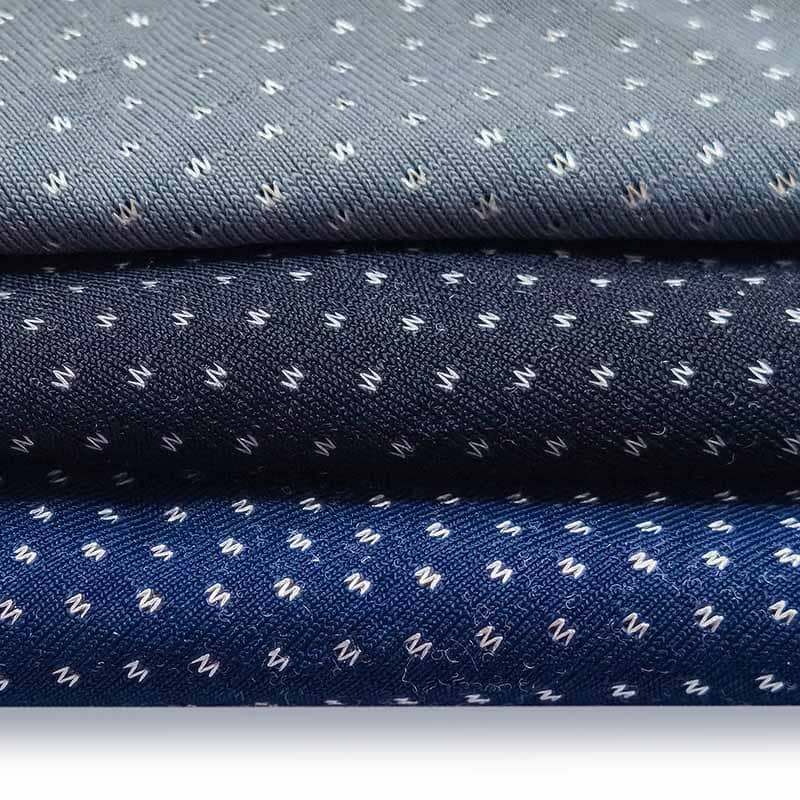
The softness and flexibility of elastane make it perfect for undergarments, including underwear, bras, and socks. Its ability to stretch and mold to the body ensures a comfortable fit, while its strength and resilience help maintain the garment’s shape and support over time.
Outerwear and Casual Wear
Incorporating elastane into outerwear and casual wear, such as jeans, jackets, and dresses, enhances comfort and fit. Even a small percentage of elastane woven into cotton or other fabrics can significantly improve the garment’s flexibility, making it more comfortable to wear throughout the day.
Hosiery and Leggings
Elastane is a key component in hosiery and leggings, providing the necessary stretch and snug fit without compromising comfort. Its inclusion in these garments ensures they remain wrinkle-free and well-fitted, enhancing the wearer’s appearance and comfort.
Compression Garments and Shapewear
The strong, yet flexible, nature of elastane is ideal for compression garments and shapewear, designed to support and shape the body. These garments rely on elastane’s ability to apply pressure to specific body parts while allowing for breathability and movement.
Medical Textiles
In the medical field, elastane is used in the production of supportive bandages, compression stockings, and orthopedic braces. Its elasticity is crucial for providing support and enhancing blood circulation, without restricting movement.
The widespread use of elastane across various apparel categories underscores its importance in the textile industry. Its unparalleled stretch and recovery capabilities have enabled designers and manufacturers to innovate and improve the performance, comfort, and aesthetic appeal of their products. As consumer demand for versatile, durable, and comfortable clothing continues to grow, the role of elastane in meeting these needs remains invaluable.
Advantages of Using Elastane in Apparel Manufacturing
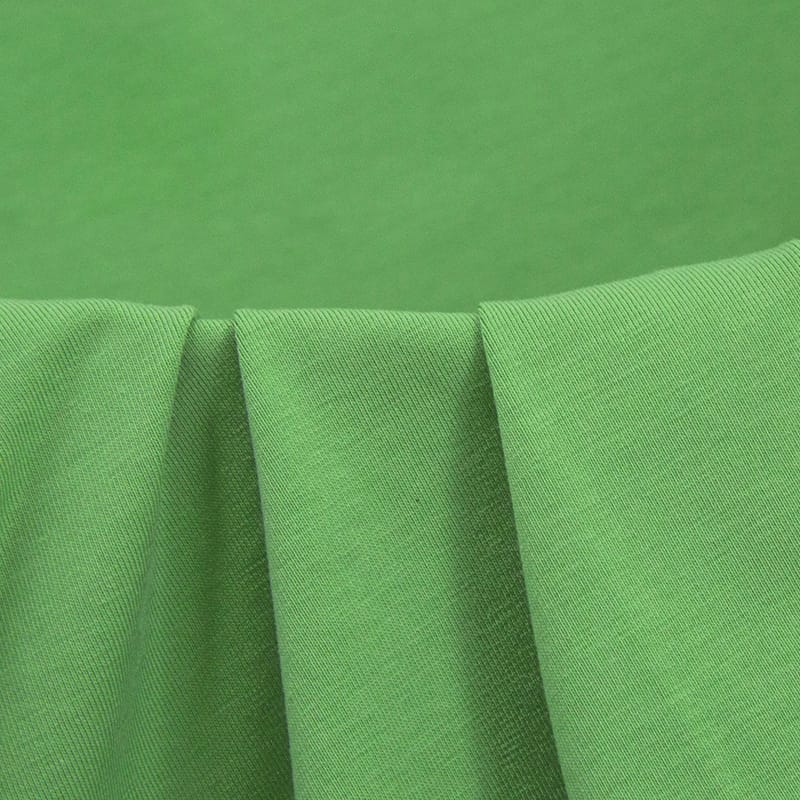
Elastane’s unique set of properties offers a multitude of advantages in apparel manufacturing, making it a highly sought-after material in the fashion and clothing industry. Its integration into fabric blends revolutionizes garment design and functionality, providing both aesthetic and practical benefits. Here’s a closer look at the advantages of using elastane in apparel manufacturing:
Enhanced Comfort and Fit
Elastane’s exceptional stretchability ensures garments fit snugly and comfortably against the body, accommodating a wide range of body sizes and shapes. This adaptability enhances wearer comfort, a crucial factor in the purchase decision of consumers. The fabric’s ability to stretch and recover means it can move with the body without constricting or binding, making it ideal for everyday wear and active lifestyles.
Improved Durability and Resistance
Garments incorporating elastane are known for their durability and resistance to wear and tear. Elastane fibers can endure stretching and repeated washings without losing their shape or breaking down, extending the lifespan of the clothing. This resilience translates to better value for both manufacturers and consumers, as the garments maintain their appearance and functionality over time.
Versatility in Design
The flexibility of elastane allows for creative freedom in garment design. It can be blended with various fibers like cotton, polyester, and nylon to achieve different textures, appearances, and properties. This versatility enables designers to innovate and create a wide range of apparel, from form-fitting activewear to comfortable, casual pieces that don’t compromise on style.
Improved Performance Characteristics
For performance and activewear, elastane’s moisture-wicking and quick-drying properties are invaluable. These features help keep the wearer dry and comfortable during physical activities, enhancing the overall performance and appeal of the garments. Additionally, the inclusion of elastane in sportswear contributes to muscle compression and support, potentially improving athletic performance and recovery.
Cost-Effectiveness
While the initial cost of elastane may be higher than some natural fibers, its long-term benefits in terms of durability, flexibility, and wear resistance offer significant cost savings. Apparel manufacturers can produce garments that last longer and perform better, reducing the need for frequent replacements and appealing to consumers looking for quality and value.
Environmental Considerations
Advancements in the production of elastane are aimed at reducing its environmental footprint, with the development of more sustainable manufacturing processes and the recycling of elastane materials. These efforts contribute to the industry’s move towards more eco-friendly practices, aligning with growing consumer demand for sustainable products.
The advantages of using elastane in apparel manufacturing are clear, from enhancing the comfort and fit of garments to providing durability and versatility in design. As the textile industry continues to evolve, elastane remains at the forefront of material innovation, offering solutions that meet the dynamic needs of both manufacturers and consumers. Its role in creating high-quality, functional, and attractive apparel underscores the fabric’s invaluable contribution to modern clothing and fashion.
Certainly, adding a paragraph about the cost considerations of elastane:
How Much Does Elastane Fabric Cost?
The cost of integrating elastane into apparel production is an important consideration for manufacturers and designers. While elastane typically incurs a higher initial cost compared to many natural fibers, its value lies in the enhanced properties it brings to garments—such as improved fit, comfort, and durability.
The cost of elastane, also known as spandex, can vary depending on several factors:
- Form: Elastane can be sold in various forms, such as yarn, fabric by the yard, or pre-cut fabric. Yarn is generally the cheapest option, while pre-cut fabric tends to be the most expensive.
- Blend ratio: Elastane is rarely sold on its own and is instead blended with other fibers like cotton, polyester, or nylon. A higher percentage of elastane in the blend will result in a more expensive fabric.
- Quality: Higher quality elastane yarns or fabrics may be more expensive due to manufacturing processes or added features.
- Source: You may find cheaper prices if you buy in bulk or from wholesale suppliers.
Conclusion
Elastane fabric has transformed the textile industry with its exceptional stretch, durability, and adaptability. It enhances comfort, ensures garment longevity, and meets diverse apparel needs. Despite facing sustainability challenges, advancements toward eco-friendly elastane production are promising, highlighting the industry’s commitment to innovation and environmental responsibility.
For more insights into sustainable apparel manufacturing and how elastane plays a role in the future of fashion, visit our website at Valtin Apparel.



